Sediment: Studies in Movement and Memory (work sample 1)
.
Sediment:
Studies in Movement and Memory
.
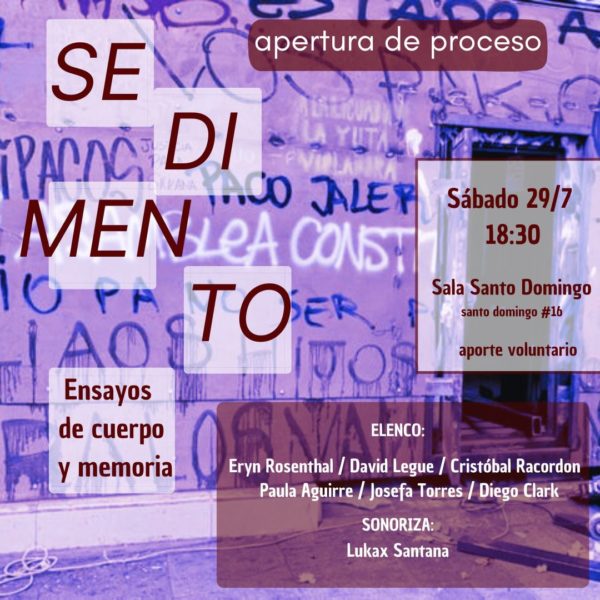
Poster Design: Cristóbal Racordon
.
Related: Sediment Laboratory
.
Sediment: Studies in Movement and Memory
Sedimento: Ensayos de cuerpo y memoria
During the 2019 protests known as the estallido social, with the prospect of a new constitution in sight, Chileans began organizing and self-convening town halls, discussions and assemblies to rethink and imagine out the country we wanted to build. We also began redeveloping historical structures of mutual support such as ollas comunes (communal food centers) and medical care groups for people injured by the police. We began imagining the future, democratically.
The multidisciplinary performance work Sediment: Studies in Movement and Memory references these recent democratic processes in Chile to extend how we think about democracy in the US. Through deeply embodied processing of our recent lived experience, we investigate these community-based democratic technologies coming out of the estallido, alongside more historic lived experience during Allende’s Popular Unity government, the coup and Pinochet dictatorship. Embedded in the work and our creation process are fundamental elements of democracy: the collective decision-making, listening, mutuality and responsiveness that make visible potential form and function of democracy to the spectator.
Grounded in the body, both individual and collective, Sedimento examines aftermaths of authoritarian rule, massive inequality, and current questions of democratic process in the complex terrain of current-day Chile and the US. In spoken text that integrates oral history with the more abstract language of dreams, interspersed with contact improvisation-based physical dialogue, the work also features real-time sound composition by experimental percussion legend Lukax Santana. Play with objects of meaning as containers of memory and association also inform our process, letting their personal and everyday meanings make way for new, surprising ones.
What is the relationship between community, democracy and social fabric? What role can the body play in helping us understand and develop that relationship and engagement? As sociologist and dance scholar Randy Martin observes, all political movements are movements of people, and the movement of bodies model how a democracy can move. In creating physical structures onstage with our bodies with evident physical listening in complex situations, we make structures of care, attention and mutual support visible and visceral. For citizen audiences in Chile and the US, Sedimento stimulates participatory engagement with those structures, the building blocks of democracy. Also key to our mission are thoughtfully reimagined structures for audience participation, lobby installations, public workshops and post-performance discussion.
Supported by grants, Sedimento’s highly collaborative, horizontal, and intergenerational research and performance emerged from a series of personal interviews between members of the collective during the run-up to Chile’s 2022 Constitutional Plebiscite. Sedimento has its origins in research and reflections on political and democratic processes in South Africa, Spain, Chile and the US, and investigates personal, familial and collective experiences over the last 50 years in Chile and US. Using the body as raw material, Sedimento examines the sediment: repercussions and accumulation of these events on the individual and collective imagination and subconscious, and their implication in creating the world in which we want to live.
Eschewing direct representation, we find it more redolent to develop frameworks that allow for simultaneous distance and closeness, especially when dealing with traumatic material. Because of US involvement in the violent overthrow of democratic rule and Pinochet’s dictatorship in Chile, the failures of democracy and inequality in Chile are umbilically connected to the failures of democracy in the US. Sedimento opens reflection on these connections at a historical inflection point for citizens in both countries staring down authoritarianism and renegotiating social contracts.
.
Work currently in progress. See below for photos and video from our preliminary research showing and installation in July.
.
.
Work in process showing: July 29, 2023
Sala Santo Domingo #16, Valparaíso, Chile
Co-direction:
David Legue, Eryn Rosenthal y Cristóbal Racordon
Performance:
Paula Aguirre, Diego Clark Rojas, David Legue, Cristóbal Racordon, Eryn Rosenthal, Lukax Santana, and Josefa Torres Cifuentes
Soundscape:
Lukax Santana
.
.
Photos
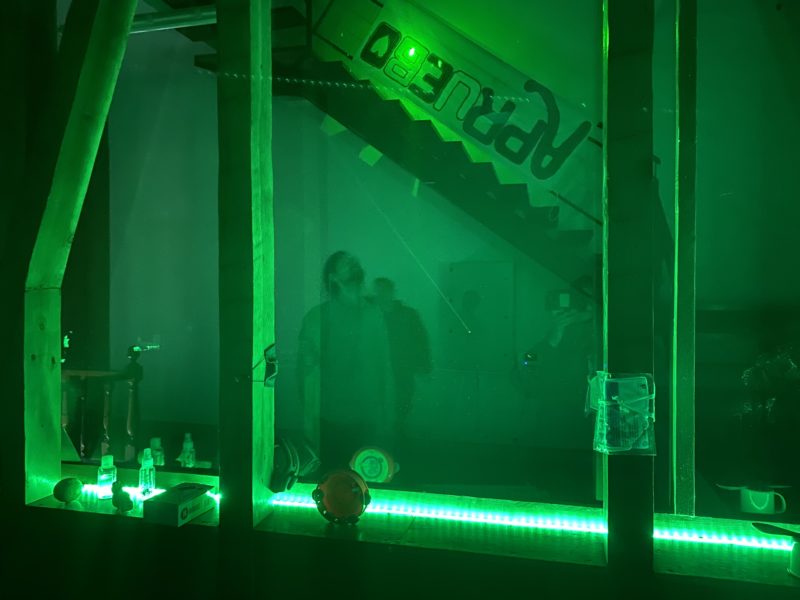
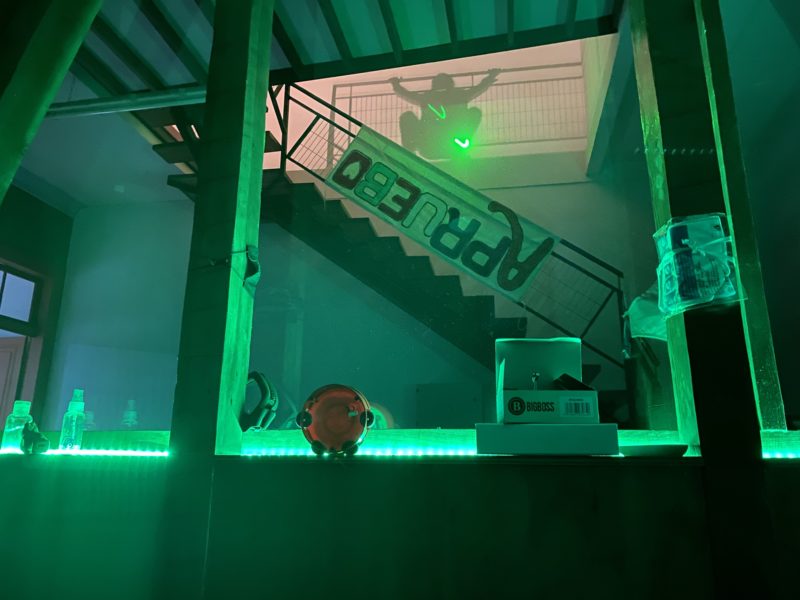

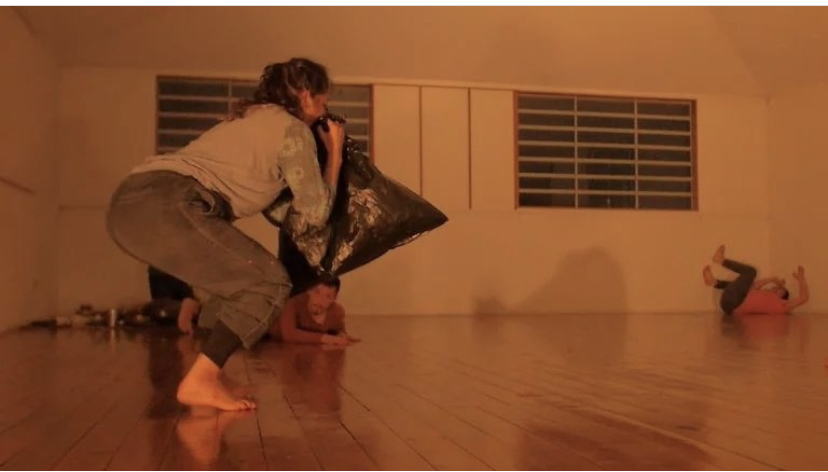
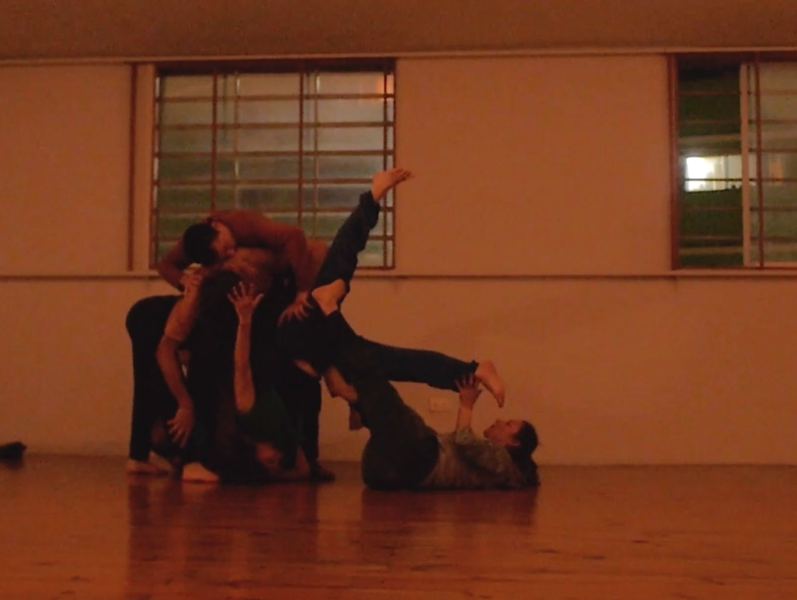

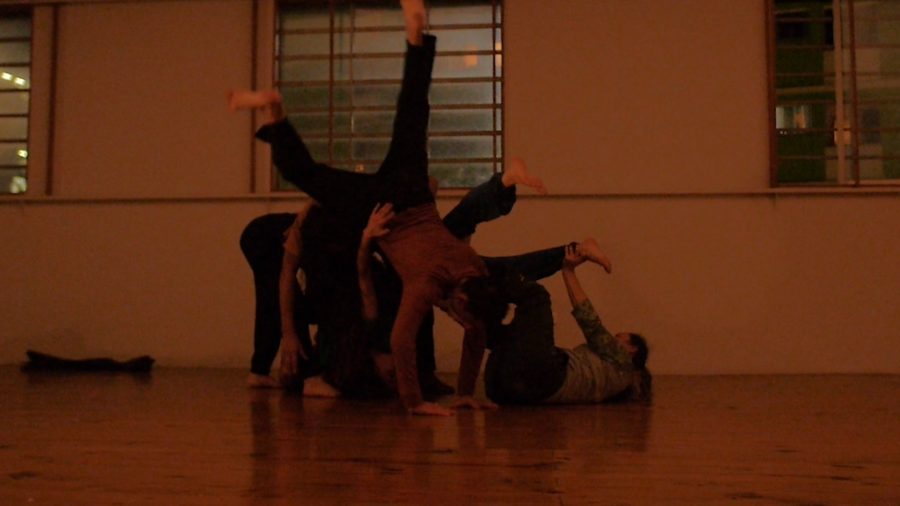
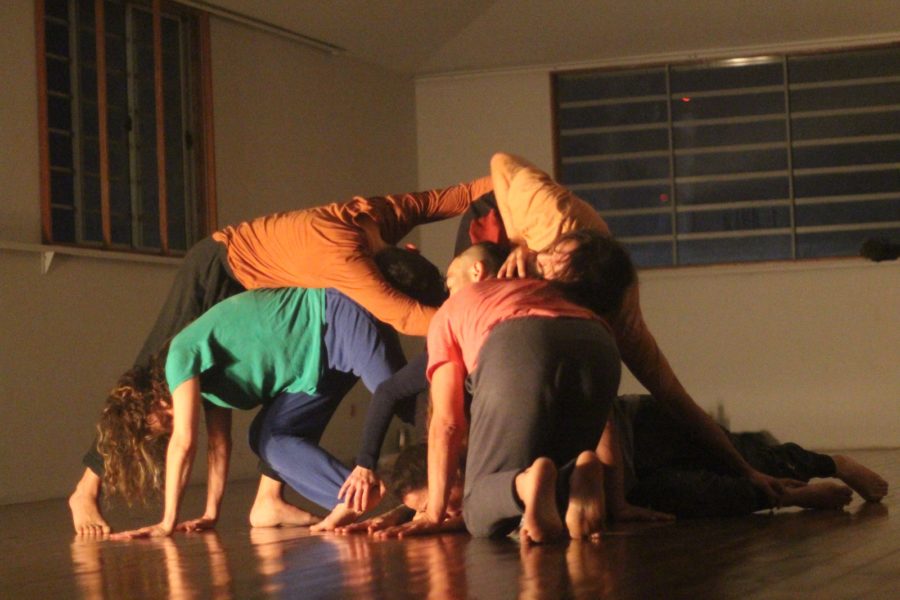

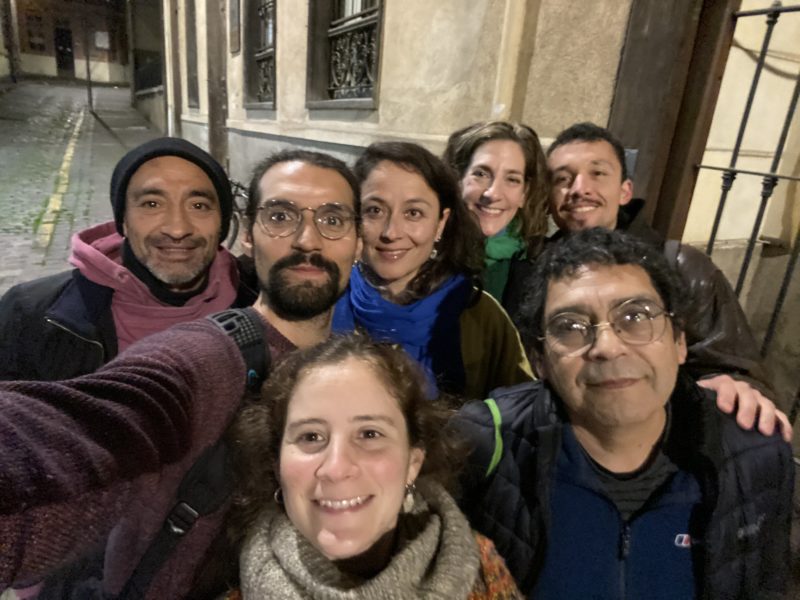
.
.
Videos
.
.
.
.
.
Support:
Winner of the 2024 Artists and Creatives Grant from the Community Engagement Foundation, and Research and Development Grants from the Alvin and Louise Myerberg Family Foundation, 2021-24.
.
Acknowledgements:
Deep thanks to independent producer Karen Davidov for her generous support and insight. Further shoutouts to Rocío Rivera Marchevsky, Valparaíso choreographer, designer and activist, who collaborated and helped shape the project at a critical stage in its early development, and with whom we exchanged about the connection between social fabric and fascial tissue.